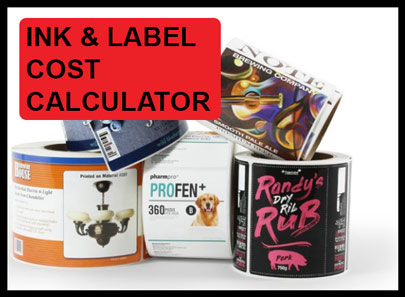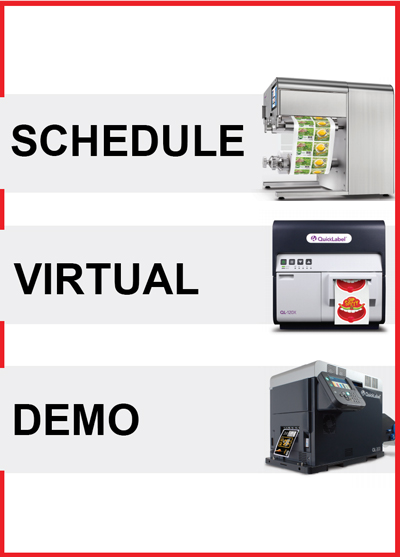WHAT ARE THE DIFFERENT PRINT TECHNOLOGIES?
We understanding that colour label printing is not everyone’s field of expertise. As such, we have provided a glossary with some essential jargon and definitions to help you better understand your printing requirements and processes. Let’s begin!
Thermal Direct Printing – thermal direct printing does not require a ribbon for print, instead they apply heat directly onto the label face, in order to create a colour change.
Thermal Transfer Printing – this is another thermal method of printing which uses a ribbon, and because of this it is often cheaper than direct thermal printing. The back of the ribbon is heated to the point of melting, transferring the compounds through the ribbon to the label stock. This provides longer lasting and more durable finish than thermal direct printing.
Bleeding – this isn’t as bad as it sounds! Bleeding an image onto your label is a means by which to ensure that the ink runs to all corners of the label stock. Configuring your artwork is always a tricky job, and so bleeding the image will ensure full ink coverage.
Lamination – laminating adds a thin layer of reinforcing plastic to your finished label for added durability.
CMYK – the colour space used in printing. Cyan, Magenta, Yellow and Black. These also comprise the separate ink cartridges for colour label printers.
Ink – a liquid tinted with pigments or dyes.
Toner – a fine powder that’s used in laser printers.
Toner Printers – toner printers use a polyester based powder that is transferred by a laser – which produces heat – to imprint the image onto your printing stock. This toner powder is therefore fused/melted by the heat. A notable toner based printer is the QL-300!
Inkjet Printing – inkjet printing recreates a digital image by applying droplets of ink onto the label stock to create an image. It is therefore liquid based. There are two primary categories of inkjet printing; dye-based and pigment-based.
Dye Printing – a means of inkjet printing that is dye based. The colour substances are dissolved in a liquid – this ultimately creates a brighter, more vibrant colour but is more susceptible to fading than its pigment based rival.
Pigment Printing – this uses solid particles of ink powder that are transferred to the label stock – this creates a more water-resistant and label with longer lasting vibrancy.




